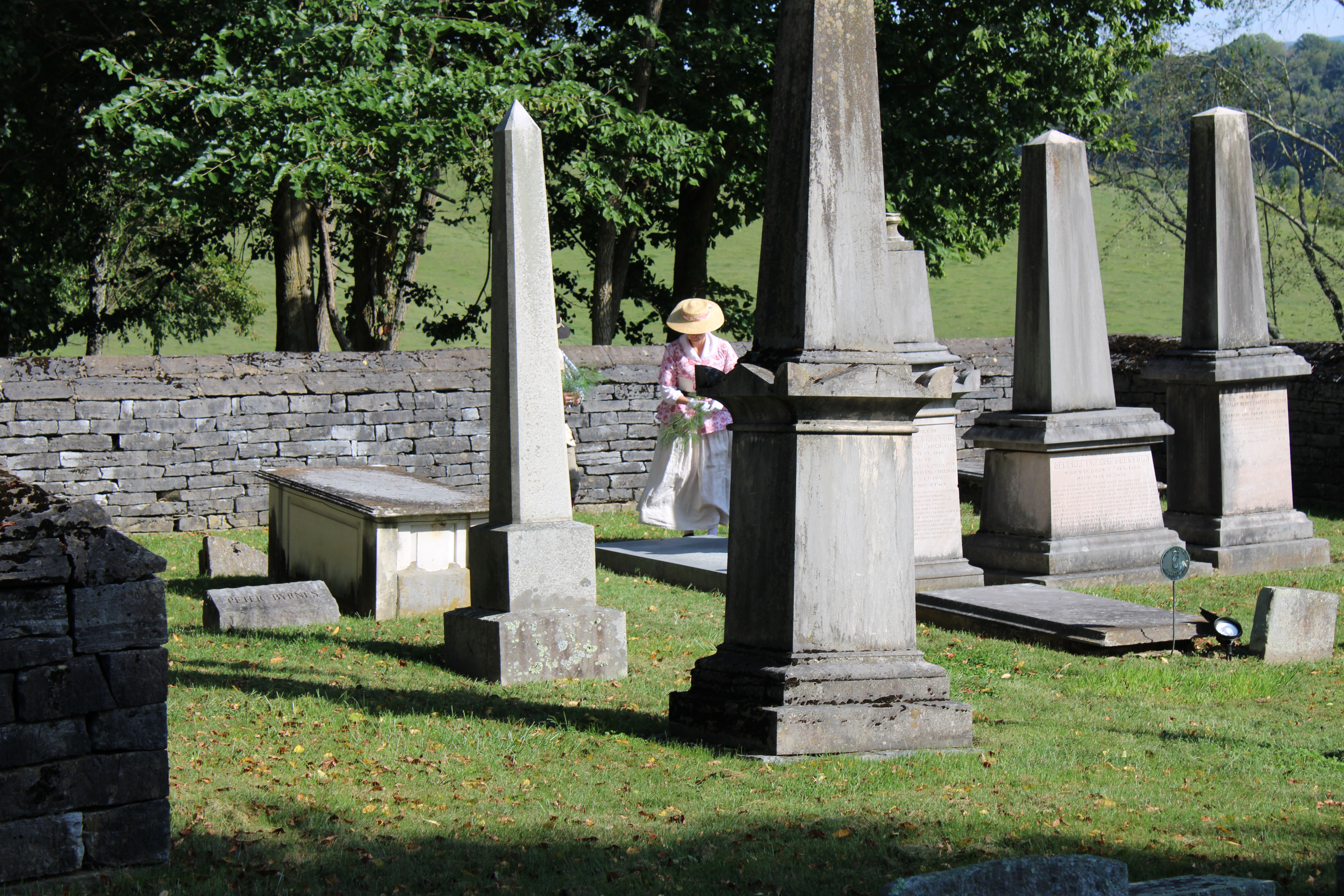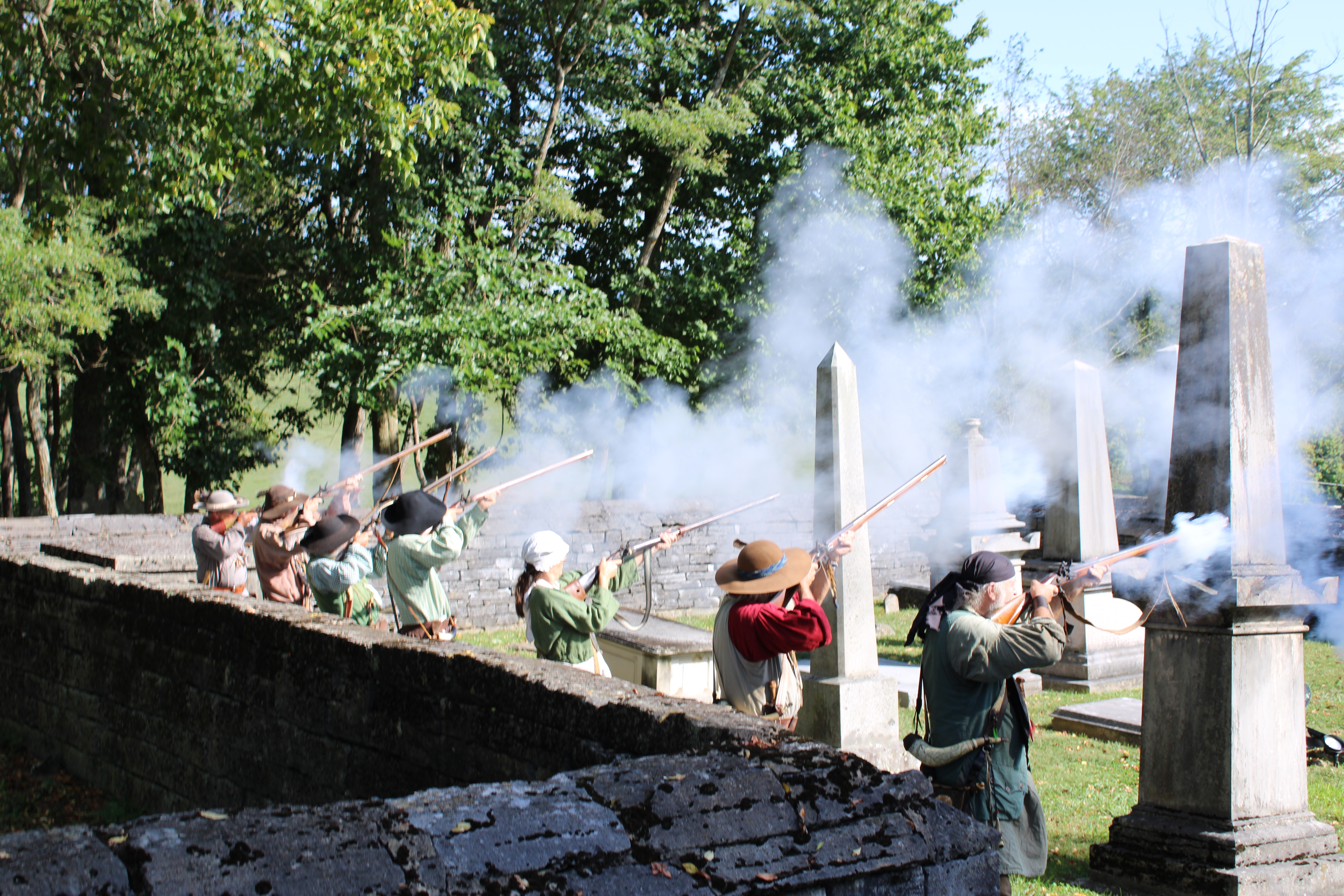The year 2026 marks the 250th anniversary of the Declaration of Independence. Cardinal News has embarked on a three-year project to tell the little-known stories of Virginia’s role in the march to independence. This project is supported, in part, by a grant from the Virginia American Revolution 250 Commission. You can sign up to receive a free monthly newsletter with updates. Find all our stories from this project on the Cardinal News 250 page.
He was a farmer, pioneer and soldier of Scottish and Scots-Irish heritage.
But, more importantly, William Campbell, an Augusta County native, was a military commander and perhaps, one of the fiercest American Revolutionary War militia leaders of his time.
Oddly enough, unlike many key people in the war, Campbell is the least well-known, despite his courageous encounter at the Battle of Kings Mountain, a key victory and turning point in the war.
Historians believe that had Campbell not died at the age of 36 just before Yorktown at the end of the war, he might be better known today.
Nonetheless, his military skill and prowess during the battle earned him recognition for a surprising victory over the British Loyalists after a string of Patriot defeats.
During the Battle of Kings Mountain, Campbell and his Patriot militia, who are now known as the Overmountain Men, took a stand, defeating the Loyalist Army of British Major Patrick Ferguson on Oct. 7, 1780. It was a short battle, but a bloody affair, described as “the war’s largest all-American fight” as the Thirteen Colonies fought for their independence from the Kingdom of Great Britain. As colonel, Campbell led his troops to victory during the battle after telling his men to “shout like hell and fight like devils!”
During the height of the war, Campbell mustered his Overmountain Men, a group of independent-minded riflemen who banded together in Southwest Virginia, ready to begin a journey to defend their homes and to gain freedom. First mustering at what is now known as the Abingdon Muster Grounds, the militia marched to Sycamore Shoals along the Watauga River in Elizabethton, Tennessee, preparing to travel across the mountains en route to victory over British Loyalists. The battle took place on a rocky hilltop in Western South Carolina called Kings Mountain.
Just how the Patriots became victorious during the battle is a story that begins with the life of Campbell — his young life and the man he grew to become. 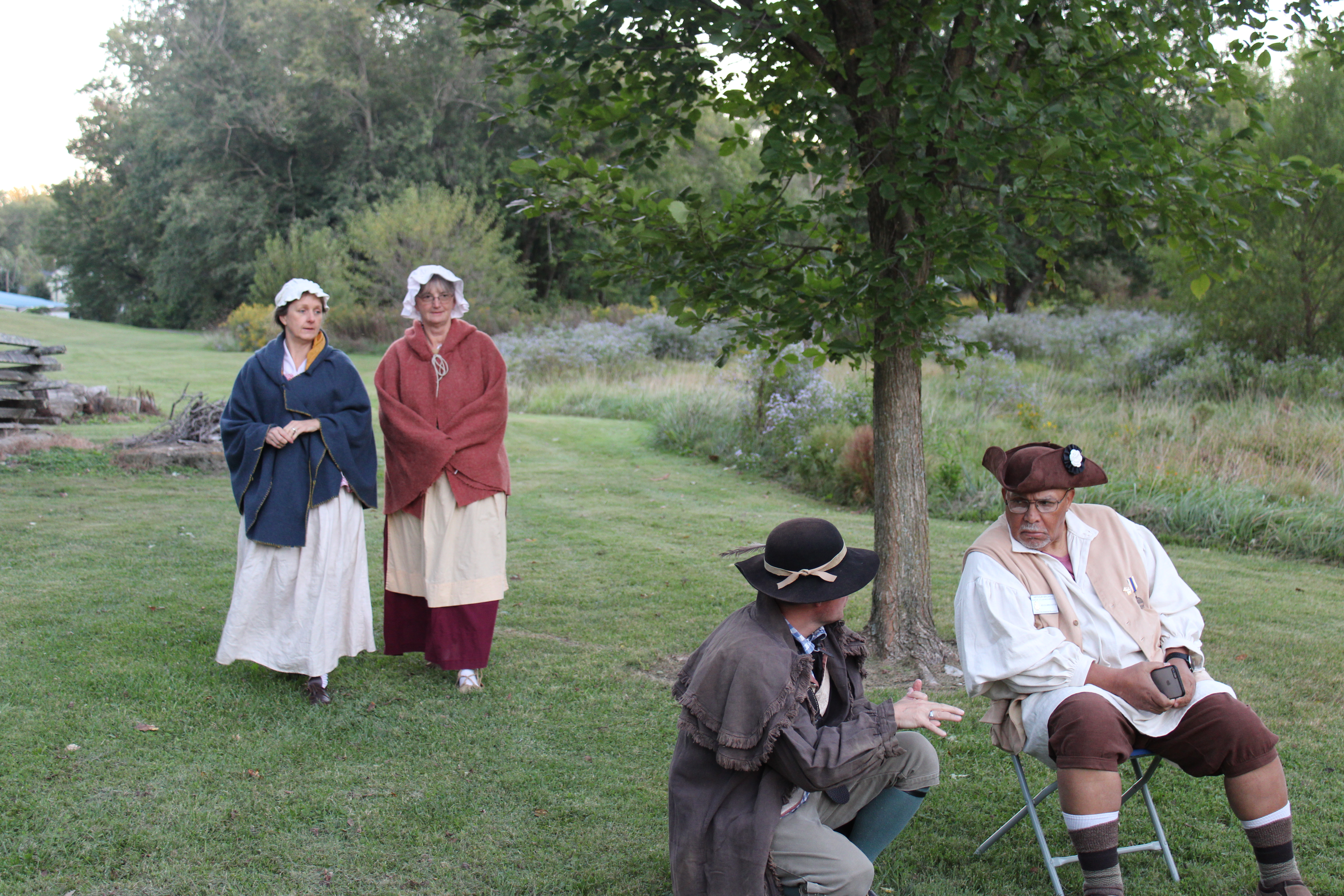
Who was William Campbell?
The story of Campbell and his noteworthy demeanor probably starts when he was a child growing up.
According to the Journal of the American Revolution, William is described as tall, muscular and dignified, although his fiery temper was often on display. “Campbell resembled a Scottish clan leader straight from a Sir Walter Scott novel, even carrying his Scottish grandfather’s broadsword, for which he had … an arm and a spirit that could wield it with effect,” said the journal article.
No known portrait was ever painted of Campbell; however, his grandson, William Campbell Preston, was said to look exactly like him with a long, straight Romanesque nose.
Campbell was born in 1745 to Charles Campbell, a farmer, and Margaret Buchanan, the daughter of Charles Campbell’s militia commander, John Buchanan. During his youth, William Campbell farmed with his father, who served as an Augusta County military captain in 1752.
William Campbell’s journey in life was shaped when his father began acquiring land in Southwest Virginia when William was only three. One of the tracts located on the Middle Fork of the Holston River was called Asp Bottom, which later became William’s home from 1767 to his death in 1781.
Campbell renamed the property “Aspenville” and the site is marked today by a monument on State Route 642 , west of Seven Mile Ford.
Campbell was the only son with four younger sisters who accompanied him to Southwest Virginia, where they all married Overmountain Men.
He graduated from Augusta Academy, a forerunner of Washington and Lee University.
William’s father, Charles Campbell, died in 1767 when William was only 22. At that time, William was already exhibiting the strong leadership qualities of a military man.
Campbell’s association with political figures helped him gain a voice in politics.
According to the website for Mitchell County Historical Society, “Campbell was a landowner and often served in civic and military roles. He was a justice in local courts and served as a captain in Lord Dunmore’s War, fighting the Shawnee and Mingo nations in 1774.”
He was one of thirteen men to sign the Fincastle Resolutions, which was a statement adopted on January 20, 1775, by the Colonists, which promised resistance to the death to the British crown to preserve political liberties.
The Fincastle Resolutions, together with the 1775 Mecklenburg Resolves and the 1772 Watauga Compact, were direct challenges to British rule and preceded the Declaration of Independence.
Campbell led a company to Williamsburg, which was the capital of Virginia at the time, in September 1775. He served under Patrick Henry as a captain in the First Virginia Provisional Regiment, later transferring to the First Virginia Continental Regiment.
In April 1776, Campbell met his wife, Elizabeth Henry, who was the sister of Patrick Henry. The couple had two children, Sarah Buchanan Campbell and Charles Henry Campbell.
After being released from his Continental service, the couple moved to Southwest Virginia to help protect the region. According to the Mitchell County Historical Society website, the couple owned a tract of land called Salt Lick in Saltville, Virginia, because it contained numerous salt deposits. Campbell sold salt from the land, which became an important resource for the Confederacy during the Civil War.
Campbell went on to serve in the Virginia House of Delegates in 1780, later ordered by Governor Thomas Jefferson to defend the lead mines in southwestern Virginia, where ore was used to make ammunition for the Continental Army and the Overmountain Men. 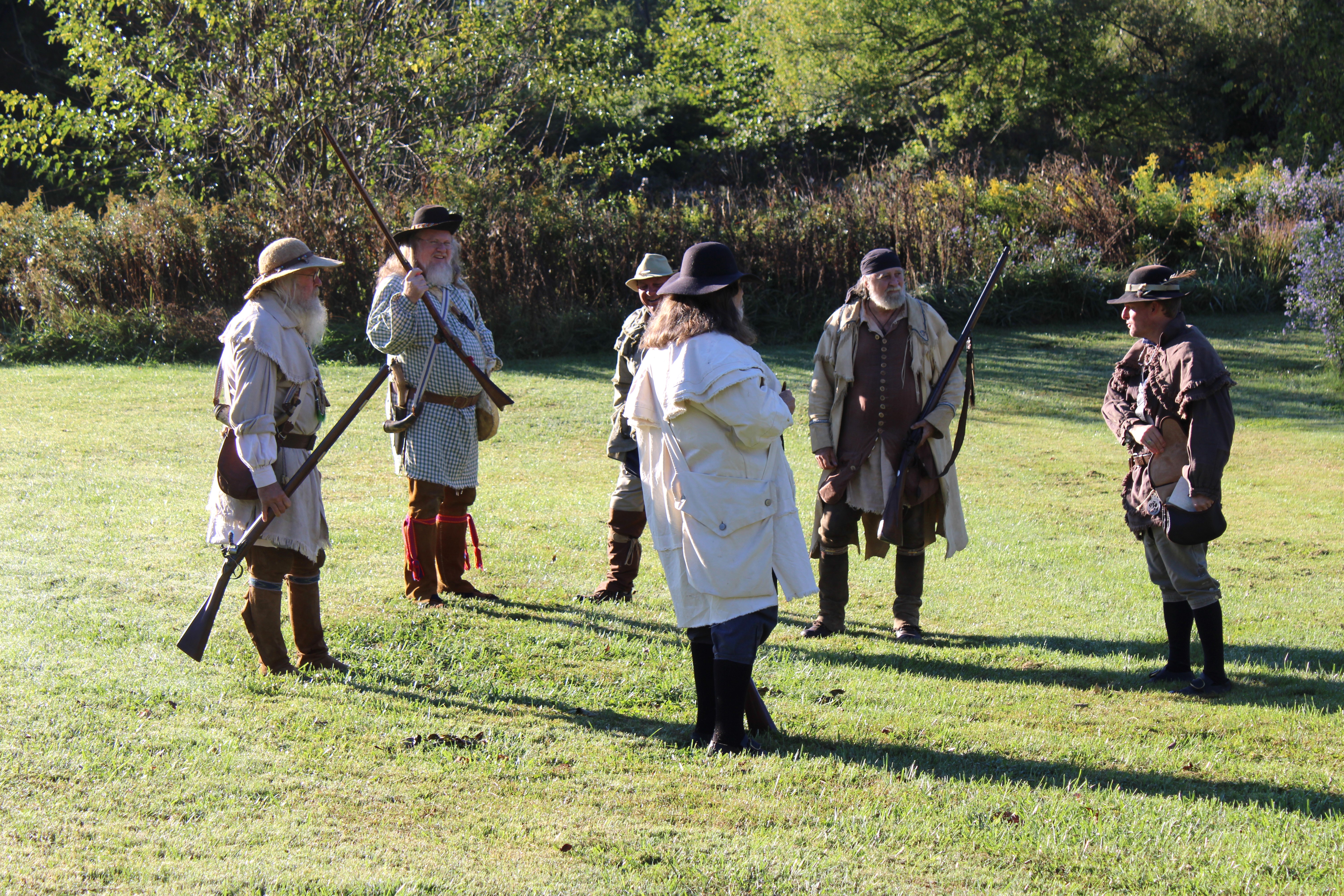
The Battle of Kings Mountain
Without a doubt, Campbell’s military record is impressive; however, he also was known for his harsh treatment of Loyalists, sometimes organizing trials that resulted in the hanging of men who declared their loyalty to the Crown.
“A Frontier Biography: William Campbell of King’s Mountain,” a master’s thesis by David George Malgee through the Student Research at University of Richmond Scholarship Repository, indicates Campbell was among the first frontier officers to volunteer for service when the Revolution began. He fought in the first Virginia battle, Gwynn’s Island. His unwavering determination and patriotism helped to squelch British Loyalists’ resistance in Washington and Montgomery counties and parts of North Carolina.
Tom Vaughan, treasurer of the Overmountain Victory Trail Association in Bristol, Tennessee, has studied the life of Campbell for years, documenting his many accomplishments and victories on and off the battlefields.
The story of how Campbell was chosen as the overall commander at the Battle of Kings Mountain is an interesting one, said Vaughan.
“There were about eleven colonels en route to the battle. All of the colonels except for two were from North Carolina and they did not wish to serve under another colonel from North Carolina,” he said.
After the Overmountain Men departed from Abingdon and did the grand muster at Sycamore Shoals, they traveled to Colonel Charles McDowell’s plantation, Quaker Meadows, in what is now known as Morgantown, North Carolina. There they joined forces with Colonel Cleveland of Surry County and crossed the Catawba River, heading toward where they thought British Major Patrick Ferguson was encamped at Gilbert Town, near what is now known as Rutherfordton, North Carolina.
“They made it in one day,” said Vaughan, but records indicate the inland effects of a hurricane “drenched the Overmountain Men and they hunkered down for several days at Bedford Hill, about a day’s ride north of Gilbert Town.”
During this delay, Colonel McDowell was encouraged to find a senior level officer to command the Overmountain Men. After he left, Colonel Isaac Shelby, who was the youngest colonel of them all, convinced the other colonels to appoint Campbell because he had traveled the farthest with the most men. A total of 400 men were under Campbell’s command.
“Colonel Shelby of Sapling Grove, now Bristol, Virginia, undoubtedly knew Colonel Campbell and his battle skills well as their militia territories adjoined,” explained Vaughan.
“During that era, the militia leaders were chosen by election,” he said.
In his thesis, Malgee indicates that Campbell has been described as having a pleasant countenance. He was well-educated and well-versed in the manners of civil life.
However, he was easily angered, exhibiting a fierce temper. Campbell was known to the Loyalists as the “bloody tyrant of Washington County,” but to the Patriots he was known for his leadership at the Battle of Kings Mountain.
By September 1780, Campbell was in charge of leading his militia to western North Carolina to confront Major Patrick Ferguson, a British Army officer who commanded the Loyalist militia.
During the battle, both sides realized it was a fight to the death.
“The Patriot’s battle cry was ‘Tarleton’s Quarter,’” which meant ‘No Quarter,’” said Vaughan.
“Campbell was a substantial man standing six foot two or three. He had a fair complexion, which means he likely never had smallpox,” he said.
“He carried a Scottish broad family sword that was engraved with the words ‘Andrea de Ferrara.’ It’s believed to be the name of a Spanish and Italian sword maker brought to Scotland to make world-class swords,” he added.
“And, he was quite proficient with that family heirloom sword. I have often wondered what became of that sword. Hopefully, a family member has it tucked away somewhere.”
The weather caused havoc on Campbell and his men as they rode their horses through rain-soaked ground until the Patriot Army arrived at Kings Mountain.
“Now the rain became a blessing,” said Vaughan, who explained the rain muffled the arrival of 900 men and horses so Ferguson only had minutes to prepare for battle. Campbell was assisted by Isaac Shelby, John Sevier, Benjamin Cleveland, Edward Lacey and others, all colonels in the battle who helped to pave the way for defeat of the British troops under Lord Cornwallis.
Surrounding Kings Mountain at 2 p.m. on Oct. 7, the militia split up, each taking a different segment of the mountain. The men had almost surrounded Kings Mountain when Ferguson’s men fired a warning shot at 3 p.m.
“The battle was on from there,” said Vaughan.
As overall commander, Campbell apparently had his horse shot out from under him, leaving Campbell to lead his men on foot up the hill.
During the one-hour battle, Campbell’s forces took about one third of the injuries and about half of the fatalities.
“We believe that was because the men met the first bayonet charge by Ferguson’s Provincials, who were highly trained troops from the Colonies, rather than British troops,” said Vaughan.
The bayonets drove Campbell and his men off the mountain at least twice with Campbell rallying his men each time and leading them back up the mountain.
“By that time, Campbell had lost his horse, shed his jacket, and very well may have shed his hat. People didn’t recognize him on foot,” said Vaughan.
“Here’s where it gets really interesting,” he continued.
For many years, Campbell had a man servant named John Broddy, who had accompanied Campbell on many battles and missions. Broddy rode Campbell’s spare horse to the outside edge of the battle, ready to bring the horse to his master, if needed.
“Broddy was roughly the same size as Campbell, which caused some confusion,” said Vaughan. “Reports are that John bore a striking resemblance to Campbell.”
A mystery
Thirty years or so after Campbell died, Isaac Shelby and John Sevier, who at the time had written glowing accolades about Campbell and his bravery at Kings Mountain, wrote letters to each other, claiming that Campbell had hung back during the battle and was never actively involved.
In a video on its Facebook page, a ranger representing Kings Mountain National Military Park interviewed Arthur Broady, a descendent of John Broddy, who talked about the misunderstanding.
In the video, Broady explained that John Broddy served Campbell as a body servant. “I’ve read that Campbell’s wife, Elizabeth, insisted on John joining Campbell on this particular trip specifically for the purpose of watching over him and protecting him, if at all possible.”
Broddy was in charge of taking care of Campbell’s horse, which was noted as being a very skittish horse that didn’t like gunfire. John also was given Campbell’s coat.
“A majority of the militia did not have uniforms but Campbell did wear a coat, but he preferred not to wear his coat into battle because it would be like putting a target on his back,” said Broady.
With the War of 1812 looming in the horizon, Colonel Shelby claimed Campbell, who had died decades earlier, was not the hero that he claimed to be, that he was in fact observed by him sitting on a horse in a distance.
“In other words, they accused him of cowardice,” said Vaughan, who believes Shelby and Sevier may have acted in an effort to escalate their own military qualifications. “They were both involved in political campaigns in their respective states.”
When those letters became published, descendants of Campbell took great offense. The family contacted living veterans of the Battle of Kings Mountain, and took depositions from the soldiers who testified on the behalf of Campbell and his bravery.
“Historians believe when people saw someone hanging back at the edge of the battlefield, they actually saw Broddy,” said Vaughan.
Campbell later won praise for his unit’s service at the Battle of Guilford Court House and was promoted to brigadier general in 1781 by the Virginia General Assembly, but died shortly thereafter before the surrender of the British at Yorktown. Unfortunately, he did not get to see the results of the Battle of Kings Mountain.
He was buried in the Aspenvale Cemetery in Smyth County. Campbell County, Virginia, now bears his name, along with William Campbell Middle and High School. 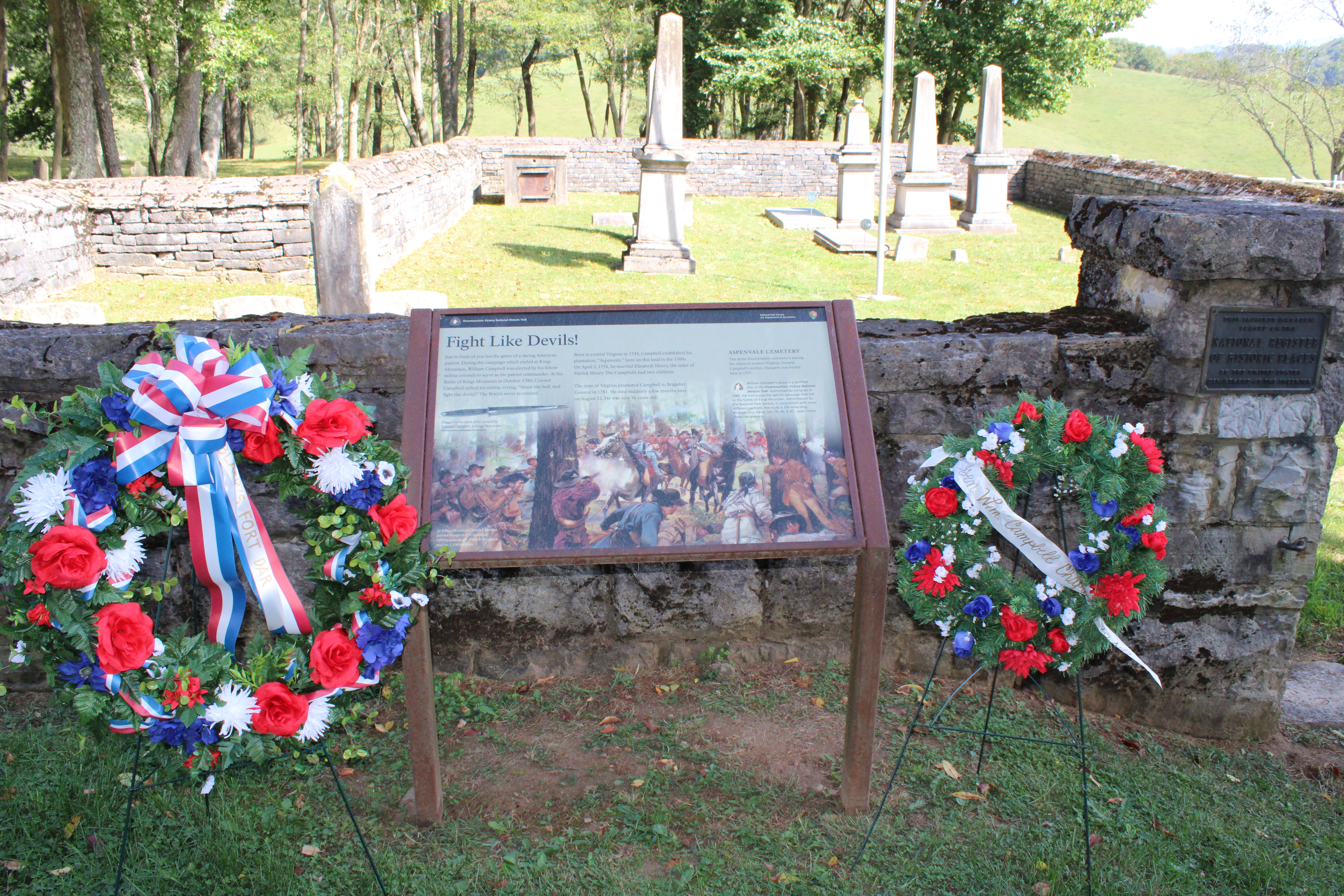
“Sometime after Campbell’s death, the state voted to award Campbell’s son the finest sword that could be procured from Europe in honor of his service,” said Vaughan.
Sevier eventually became the first governor to serve Tennessee and Shelby became the first governor of Kentucky.
According to Vaughan, the Overmountain Victory Trail Association is pursuing the installation of historical markers for Broddy’s cemetery in Saltville.
“In all probability, if Campbell had not died he would have become the governor of Virginia or possibly the president of the United States,” said Vaughan.
“He had the political connections and the respect from the people. Even Thomas Jefferson had written accolades about Campbell.”




